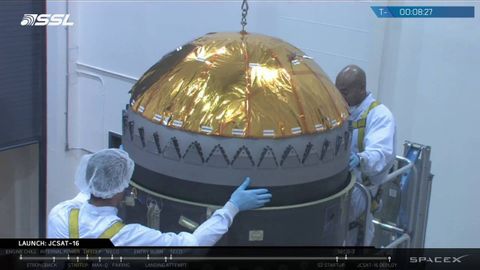
Subtitles & vocabulary
JCSAT-16 Hosted Webcast
00
林宜悉 posted on 2020/03/28Save
Video vocabulary
boost
US /bust/
・
UK /bu:st/
- Transitive Verb
- To increase something; to make something better
- To push someone or something up from beneath them
- Noun (Countable/Uncountable)
- An increase in something
B1TOEIC
More extreme
US /ɪkˈstrim/
・
UK /ɪk'stri:m/
- Adjective
- Very great in degree
- Farthest from a center
- Noun
- Effort that is thought more than is necessary
- The furthest point or limit of something.
B1
More atmosphere
US /ˈætməˌsfɪr/
・
UK /'ætməsfɪə(r)/
- Noun (Countable/Uncountable)
- Air around us
- Feeling or mood of a place
A2
More Use Energy
Unlock All Vocabulary
Unlock pronunciation, explanations, and filters
